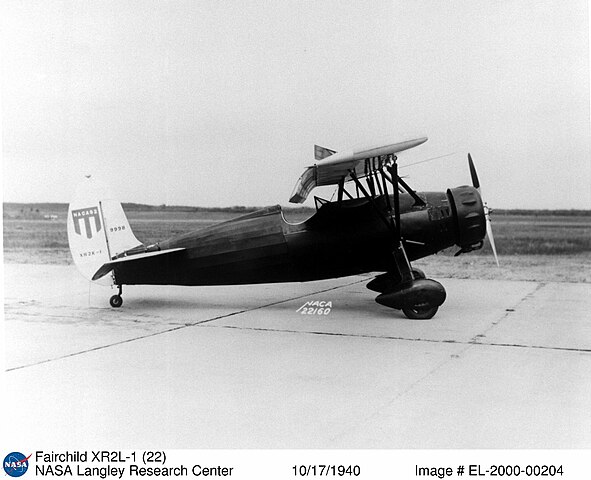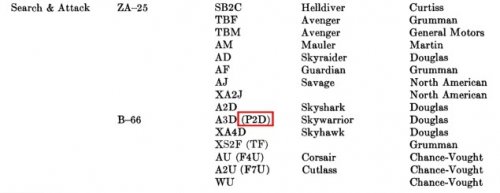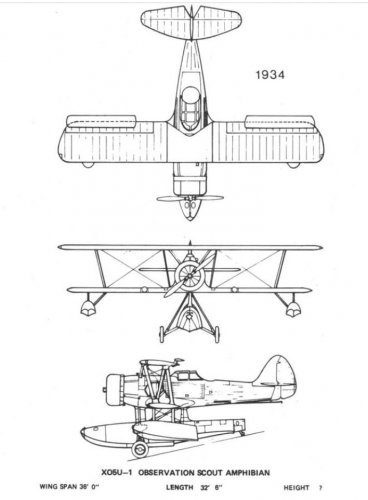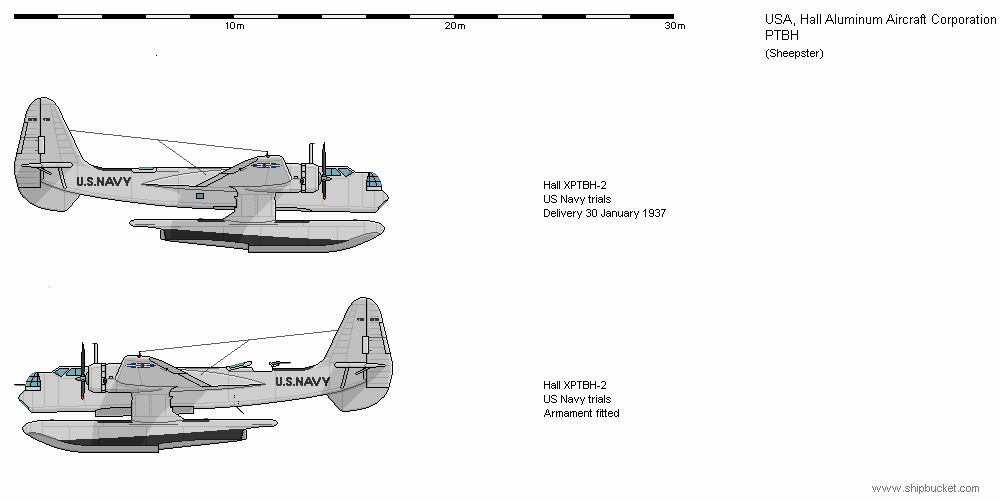Hello, again, I have just seen this new thread.Stargazer2006 said:Another entry that is extremely controversial was left out for now: the F5C.
Though I have no reason to doubt the validity of the argument, I have to mention here the fact that in at least two sources I found the XF5C-1 designation given as a naval version of the PW-8A (see one from 1968 attached below). I don't believe that this could simply have been made up, especially not at that time. Possibly a planned version that was cancelled with the advent of the P-1 (F6C)?
You have done a fantastic job, so far..
It will certainly be filled with many challenges. The XF5C-1, F4C-1, PW-8A designations are certain for confusion.
1.Design #39, F4C-1, is somewhat confusingly discussed in aerofiles. In fact, in the Curtiss production charts it is listed as:
Type: Light fighter
primary Model Designation: Hall
Alternated Designation; F4C1 (without the - dash)
Year;1924; Customer: Navy; Engine make; Wright Aeronautical Co.; *Engine: J-3
It is unusual in this chart, that the number produced, is omitted.
2.Typical of Curtiss Designation confusion is the Earlier listing of Design # 34
It appears that all other type 34's with following letter designations, are listed as Hawks. The straight # 34 Without letter addition has unusually left the Primary Designation name, blank
*Even though it lists only "1'" produced, it lists two DIFFERENT versions, Army & Navy, which may be the same plane as tested by each with engine change? etc
Design #34; type: Navy Fighter; (Additional second version is listed as Type:Army pursuit; *NO Primary designation is listed for Either. Alternate Model Designation: (Navy) F4C1; (Additional second version (Army) is listed as XPW8A. Both listed as 1924.
The Navy version is listed *with Curtiss S-3 Engine. (*WITH a special notation that it is the "1st Alum Alloy Design")The Army version is listed with Curtiss D-12
I see nothing in the Curtiss Company production charts relating to a Model XF5C-1.
F4C-1; Design # 34 could have possibly been followed by an "intended?" XF5C-1 in the Design #39? and that designation cancelled as explained with the F-5 Flying boat similarity? Lots of possibilities, of course
Sunday is a busy day for me, and I'd like to get back to this list with some possible omissions I note, such as the Curtiss TS series, the 3 Sparrow Hawk designs, and a few others..Seems to be a lot of the pre-1922 Curtiss Navy designations missing, but I note the reason for starting Navy designations with 1922..







